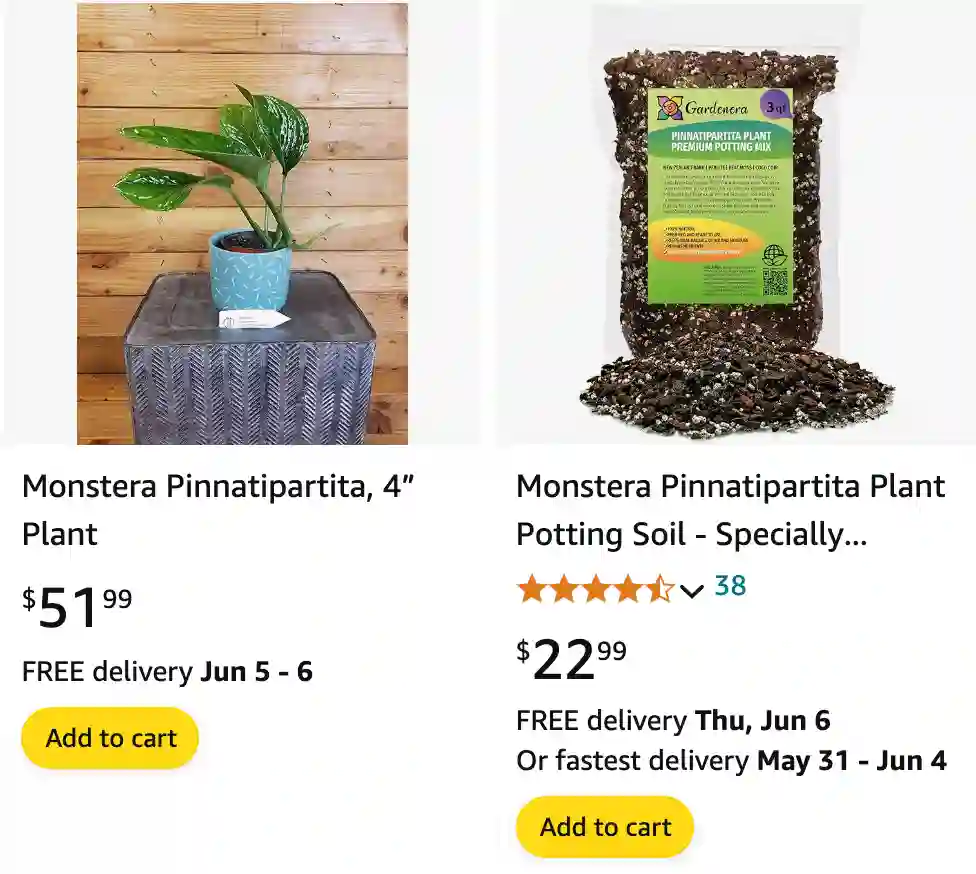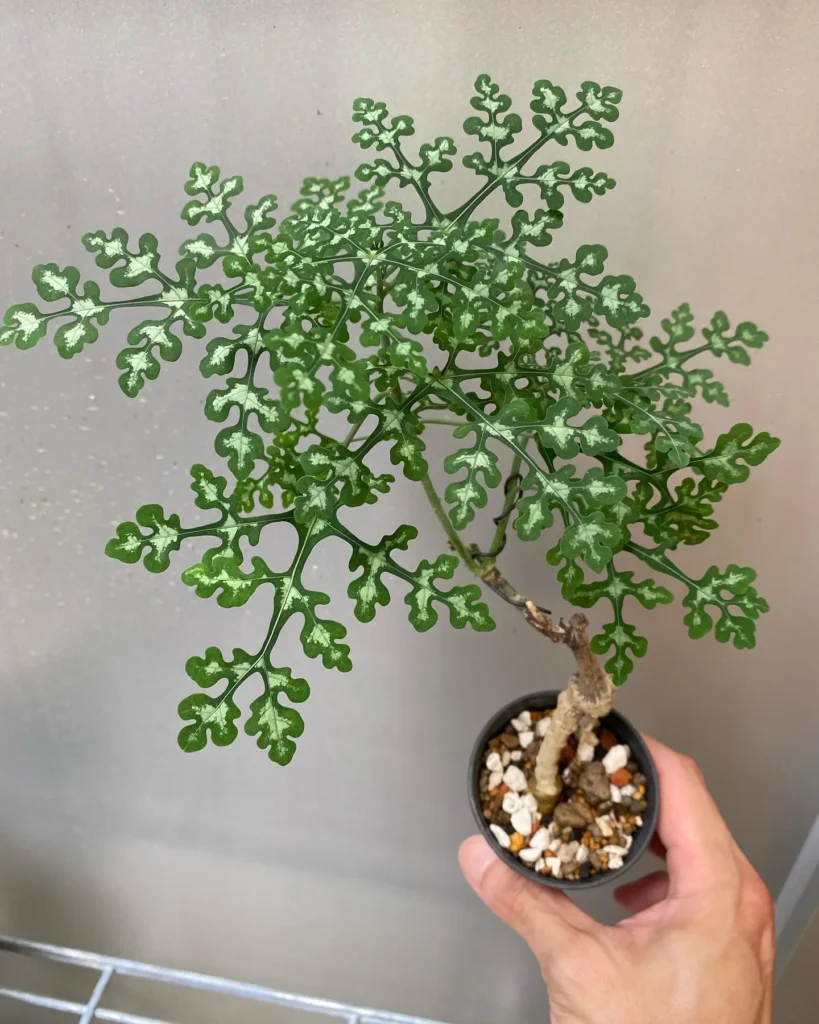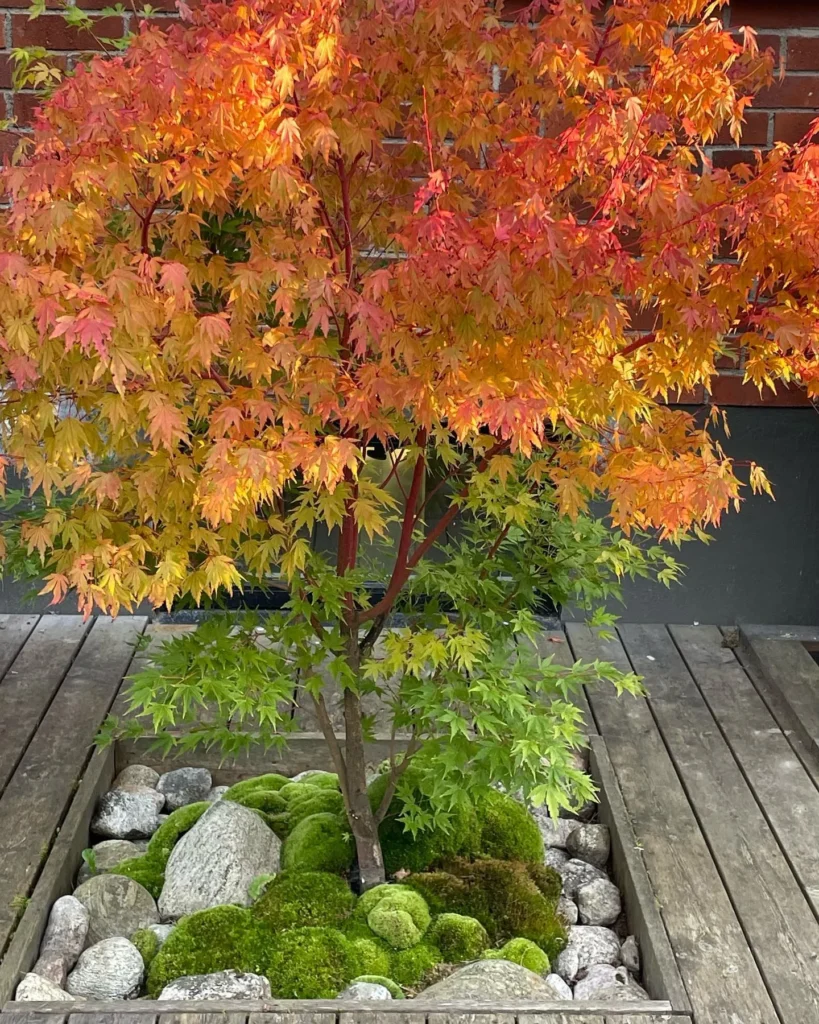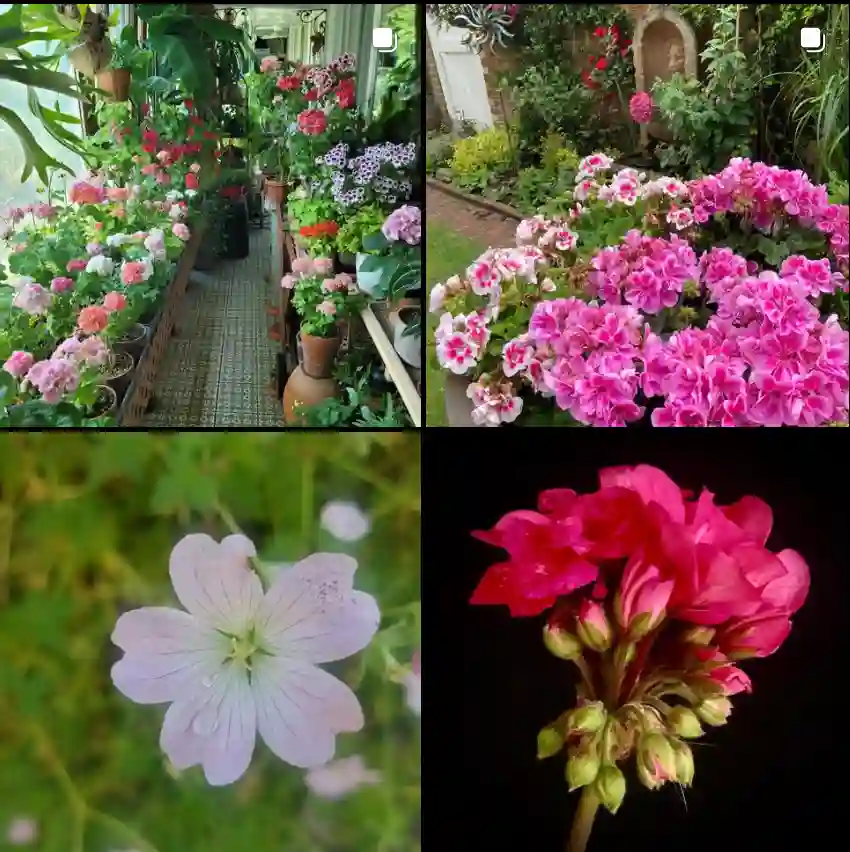
1. Introduction: Unveiling the Exquisite Monstera Pinnatipartita
The Monstera Pinnatipartita is a truly rare and captivating gem within the Monstera genus, highly coveted by plant enthusiasts for its extraordinary foliage. This tropical beauty stands out with its deeply lobed, feathery leaves that undergo a stunning transformation, developing intricate splits and holes as they mature. Its name, “Pinnatipartita,” literally means “pinnately divided,” perfectly describing its distinct leaf structure.
Native to the tropical rainforests of South America, particularly regions of Peru and Ecuador, the Monstera Pinnatipartita thrives as an epiphyte, climbing trees and displaying its remarkable leaves. In its juvenile stage, the leaves are typically solid green and oval-shaped. However, as the plant matures and establishes a climbing support, its leaves begin to unfurl with dramatic, deep divisions that extend almost to the midrib, giving them a unique, almost fern-like appearance. These mature leaves can grow quite large, making it a spectacular focal point in any indoor jungle.
Beyond its striking aesthetic, cultivating the Monstera Pinnatipartita offers the unique satisfaction of nurturing a plant that visibly transforms, making it a rewarding addition for collectors seeking a truly distinctive aroid.
2. Mastering Optimal Growing Conditions for Your Monstera Pinnatipartita
To ensure your Monstera Pinnatipartita thrives and fully develops its stunning, deeply lobed leaves, providing ideal environmental conditions is paramount.
| Problem | Symptoms | Root Cause | Solution |
|---|---|---|---|
| Lack of Fenestrations/Splits | Leaves remain solid, small, or do not develop deep lobes | Immature plant, insufficient bright indirect light, low humidity, lack of climbing support | Provide ample bright, indirect light; ensure high humidity; offer a sturdy moss pole/stake; be patient with young plants |
| Overwatering | Yellowing leaves (especially lower leaves), mushy stem, stunted growth, root rot, fungal issues | Constantly wet soil, poor drainage, infrequent drying out | Allow soil to dry partially between waterings; ensure excellent drainage; repot with fresh, well-draining mix if severe |
| Underwatering | Wilting leaves, crispy brown edges/tips, dull foliage, droopiness | Insufficient water, soil too dry for prolonged periods | Increase watering frequency; maintain consistent soil moisture (not soggy); ensure thorough watering when dry |
| Pest Infestation | Visible pests (spider mites, mealybugs, scale), sticky residue, distorted growth, small holes | Common houseplant pests | Treat with insecticidal soap, neem oil; increase humidity; regularly inspect plants; isolate affected plants |
| Light Issues | Leggy growth, faded color, small leaves (too little light); scorched spots, browning (too much direct sun) | Insufficient or excessive light exposure | Relocate to bright, indirect light; use sheer curtains for diffusion; supplement with grow lights if needed |
| Nutrient Deficiency | Overall pale green or yellowing of leaves (chlorosis), stunted growth, weak stems | Lack of essential nutrients in the soil, infrequent fertilization | Fertilize monthly during growing season with a balanced liquid fertilizer; ensure proper soil pH |
| Brown Edges/Tips | Crispy, browning edges on leaves, often accompanied by dry texture | Low humidity, inconsistent watering, cold drafts, mineral buildup | Increase ambient humidity; adjust watering schedule; protect from drafts; flush soil periodically |
Light Requirements: The Key to Deeply Lobed Leaves
The Monstera Pinnatipartita thrives best in bright, indirect light. Placing it near a window that receives filtered sunlight throughout the day, such as an east-facing window or a few feet away from a south or west-facing window diffused by sheer curtains, is ideal. Direct, intense sunlight can easily scorch its delicate foliage, leading to unsightly burns and browning. Conversely, insufficient light will lead to leggy growth, smaller leaves, and, most critically, will prevent the plant from developing its characteristic deep lobes and fenestrations. If your plant’s leaves are not splitting or developing their feathery appearance, it often indicates a need for brighter, indirect light.
Watering Wisdom: Preventing Root Rot is Crucial
Consistent and appropriate watering is absolutely vital for the Monstera Pinnatipartita. Water your plant thoroughly when the top 1-2 inches of the soil feel dry to the touch. It is paramount to allow any excess water to drain completely from the pot. Stagnant water around the roots is a common cause of root rot, which can quickly become fatal for Monsteras. While underwatering can cause wilting, crispy leaves, and stunted growth, overwatering is often the more prevalent and serious issue. During the cooler, darker winter months, reduce watering frequency as the plant’s metabolic rate slows down.
The Perfect Potting Mix: Ensuring Optimal Aeration and Drainage
A well-draining, airy potting mix is essential for the health of Monstera Pinnatipartita. The ideal blend should retain some moisture but allow excess water to quickly drain away, preventing soggy conditions around the roots. A suitable mix can be created using high-quality potting soil combined with amendments like perlite, orchid bark, coco coir, or sphagnum moss. This combination ensures proper aeration for the roots, which is vital for preventing root diseases and promoting vigorous, healthy growth.
Temperature & Humidity: Recreating a Tropical Paradise
As a true tropical plant, Monstera Pinnatipartita thrives in warm and highly humid environments. Maintain indoor temperatures consistently between 65°F and 80°F (18°C–27°C). Protect your plant from sudden temperature fluctuations, cold drafts from windows or doors, and placement near heating or cooling vents, as these can severely stress the plant and lead to leaf damage.
High humidity is particularly crucial for the Monstera Pinnatipartita, especially for its aerial roots to adhere to a climbing surface and for the successful development of its mature, fenestrated leaves. Aim for humidity levels consistently above 60%, ideally even higher. In drier indoor climates, consider using a high-quality humidifier nearby, placing the pot on a pebble tray filled with water (ensuring the pot itself isn’t sitting in water), or grouping your Monstera with other humidity-loving plants to create a beneficial microclimate. Brown tips or edges on the leaves are often a clear indicator of insufficient humidity.
Placement & Support: Encouraging Upward Growth and Maturity
The Monstera Pinnatipartita is a natural climber in its native habitat, and providing a sturdy vertical support structure is absolutely essential for its healthy development and the remarkable transition to its mature, deeply lobed form. Without a climbing structure, the plant will likely remain in its juvenile stage with smaller, un-split leaves.
Choose a location that receives consistent bright, indirect light and offers stable temperatures. Once you’ve selected the perfect spot, provide a sturdy moss pole, a plank of wood, or a trellis for the plant to climb. As the plant grows, gently guide its stems and aerial roots onto the support. These roots will naturally adhere, allowing the plant to reach its full potential in terms of size and the development of its stunning, characteristic fenestrated foliage.
3. Essential Care Practices for a Thriving Monstera Pinnatipartita
Fertilization: Fueling Robust Development
During its active growing season (spring and summer), fertilize your Monstera Pinnatipartita monthly with a balanced liquid houseplant fertilizer. Always dilute the fertilizer to half or quarter strength as per package instructions to prevent nutrient burn and protect the delicate root system. Reduce or cease fertilization during the fall and winter months when the plant’s growth naturally slows down and it requires fewer nutrients. Signs of nutrient deficiency include overall yellowing of leaves, stunted growth, or weak stems.
Pruning & Cleaning: Maintaining Health and Aesthetics
Regularly inspect your plant and remove any yellow, brown, or damaged leaves using sharp, sterilized pruning shears. This directs the plant’s energy towards healthy new growth and helps prevent potential pest or disease issues. While extensive pruning is generally not required for this vining plant, you can trim back leggy stems or unwanted growth to maintain its desired shape and size.
Dust can accumulate on the large, intricate leaves, impeding the plant’s ability to photosynthesize effectively. Gently wipe down the leaves with a soft, damp cloth every few weeks to keep them clean and optimize light absorption.
Routine Maintenance: Staying Vigilant for Optimal Plant Health
Periodically rotate your Monstera Pinnatipartita to ensure all sides receive adequate and even light exposure, promoting uniform growth. Regularly check the leaves (both top and underside) and the soil for any early signs of pests, diseases, or nutrient deficiencies. Early detection and intervention are critical for maintaining a healthy and thriving plant.
4. Propagating Your Monstera Pinnatipartita: Expanding Your Green Collection
Propagating Monstera Pinnatipartita is a rewarding process, allowing you to create new plants from stem cuttings.
Step-by-step guide for successful stem cutting propagation:
- Select a Healthy Stem: Choose a healthy, mature stem section that includes at least one node and one or two leaves. The node is the crucial point from which new roots and new growth will emerge.
- Make the Cut: Using a clean, sharp, and sterilized knife or pruning shears, make a precise cut just below a node.
- Prepare the Cutting: Remove any leaves from the very bottom of the cutting that would be submerged in your chosen propagation medium to prevent rot.
- Choose Your Propagation Medium:
- Water Propagation: Place the cutting in a glass of water, ensuring the node is fully submerged. Change the water every few days to keep it fresh and prevent bacterial growth.
- Sphagnum Moss/Perlite/Soil: Alternatively, plant the cutting directly into a moist, airy medium like sphagnum moss, perlite, or a well-draining potting mix.
- Provide Optimal Conditions: Place the cutting in a warm spot with bright, indirect light. Maintaining high humidity is vital for encouraging root development and ensuring successful propagation. You can cover the cutting and its container with a clear plastic bag or dome to create a humid microclimate.
- Potting Up: Once a robust root system has developed (typically after several weeks, when roots are 2-4 inches long), carefully transplant the cutting into a pot filled with a suitable, well-draining potting mix. Keep the soil consistently moist for the first week or two after transplanting to help the new roots acclimate to their new environment.
5. Repotting Your Monstera Pinnatipartita: Signs, Timing, and Techniques
When to Repot: Recognizing Root-Bound Signs
Your Monstera Pinnatipartita generally benefits from repotting every 1-2 years, or when it shows clear signs of being root-bound. Younger, actively growing plants may require annual repotting, while more mature specimens can sometimes go longer between repots.
Key indicators that your plant needs repotting include:
- Roots emerging from the drainage holes at the bottom of the pot.
- The plant’s growth appears stunted despite consistent care.
- The soil is drying out significantly faster than usual, suggesting a dense root ball.
- Water tends to sit on the surface or run straight through the pot without absorbing.
- The plant appears top-heavy or unstable in its current pot.
Best Time and Frequency for Repotting
The ideal time to repot your Monstera Pinnatipartita is during its active growing season, typically in early spring or early summer. This allows the plant to quickly recover from the stress of repotting and readily establish new roots in its refreshed environment. While it’s possible to repot at other times if absolutely necessary, avoid repotting during the winter months when the plant is less active and more susceptible to shock.
Choosing the Right Pot and Potting Mix
- Pot Size: Select a new pot that is only 1-2 inches larger in diameter than the previous one. Using an overly large pot can lead to excessive moisture retention, which increases the risk of root rot.
- Pot Material: Terracotta pots are often an excellent choice for Monsteras as their porous nature helps prevent overwatering by allowing the soil to dry out more efficiently. Ensure the new pot has ample drainage holes.
- Potting Mix: Use a fresh batch of the same well-draining, airy potting mix recommended for initial planting, ensuring optimal root health and aeration.
Step-by-Step Repotting Process
- Prepare Your Workspace: Gather your new pot, fresh potting mix, sharp and sterilized pruning shears (optional, for root trimming), and a protective sheet for your work area.
- Remove the Plant: Gently slide the Monstera Pinnatipartita out of its current pot. If it’s tightly bound, you may need to carefully run a knife around the inner edge of the pot to loosen the soil.
- Inspect and Loosen Roots: Carefully examine the root ball. Gently loosen any tightly coiled roots and remove as much of the old, compacted soil as possible. If you find any damaged, mushy, or circling roots, trim them back with your sterilized shears.
- Add Fresh Soil: Place a layer of fresh potting mix at the bottom of the new pot.
- Position the Plant: Carefully center the plant in the new pot, ensuring the base of the plant is at the same level as it was previously. Fill around the root ball with more fresh potting mix, gently tamping it down to remove large air pockets. Leave about an inch of space from the pot’s rim.
- Water Thoroughly: Water your newly repotted Monstera Pinnatipartita thoroughly until water drains from the bottom. This helps to settle the soil and eliminate any remaining air pockets.
- Post-Repotting Care: Place the plant back in its original location to minimize transplant shock. Avoid fertilizing for approximately 4-6 weeks after repotting to allow the roots to recover and adjust. Maintain a consistent watering schedule and observe the plant closely for signs of stress.
6. Troubleshooting Common Monstera Pinnatipartita Problems
Most challenges with Monstera Pinnatipartita can be resolved by adjusting environmental factors. Observing your plant’s leaves often provides the first clues to its health. Refer to the comprehensive troubleshooting table at the beginning of this guide for quick diagnosis and effective solutions to common issues related to watering, light, humidity, and pests.
7. Monstera Pinnatipartita Toxicity: An Important Safety Note
Understanding Risks to Humans and Pets
Like other plants in the Monstera genus and the wider Araceae family, Monstera Pinnatipartita contains insoluble calcium oxalate crystals. These crystals make the plant mildly toxic if ingested and can cause irritation. While generally not fatal, ingestion can lead to significant discomfort.
Harmful Parts: All parts of the Monstera Pinnatipartita plant are considered toxic if consumed.
Recognizing Symptoms of Ingestion: Symptoms of Monstera poisoning in both humans and animals may include:
- Oral irritation, a burning sensation, and swelling of the mouth, tongue, and lips.
- Excessive drooling.
- Vomiting.
- Difficulty swallowing.
- A general loss of appetite.
Prevention and Emergency Contacts
Prevention is Key: The most effective way to prevent Monstera Pinnatipartita poisoning is to ensure the plant is placed out of reach of curious children and pets. Consider using high shelves, plant stands, or physical barriers to deter access. Always supervise children and pets when they are in proximity to the plant.
Emergency Contacts: In the event of suspected Monstera Pinnatipartita ingestion by a human or pet, contact a medical professional or veterinarian immediately for guidance. For specific concerns regarding pets, a specialized pet poison helpline can also provide immediate assistance.
8. Conclusion: Enjoying the Unique Beauty of Your Monstera Pinnatipartita
The Monstera Pinnatipartita is a truly captivating and rewarding houseplant for any collector seeking a distinctive and evolving aroid. By providing consistent bright, indirect light, appropriate watering, an airy, well-draining potting mix, and crucially, a sturdy climbing support, you can encourage your plant to mature into a stunning specimen with its characteristic deeply lobed and fenestrated foliage. With proper care and attention, your Monstera Pinnatipartita will undoubtedly become a cherished focal point in your indoor plant collection, showcasing its unique and dynamic beauty.
If i die, water my plants!



